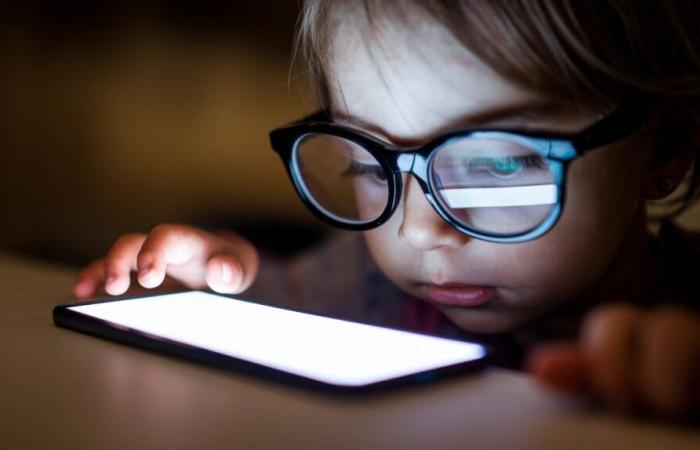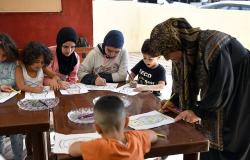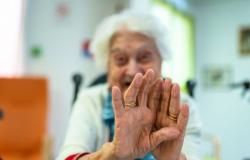More and more children are experiencing vision problems. What are the underlying causes of this worrying trend? There are more and more glasses on young people’s noses, but the extent of the phenomenon remains unknown.
Myopia, a very common visual disorder, currently affects one in three children. Projections for 2050 are alarming, with an overall risk for this population of 40% to be affected. What are the reasons?
A recent study by researchers at Sun-Yat-sen University reveals a notable increase in myopia among young people. The data analyzed comes from more than 5 million children and adolescents, reflecting a worrying reality. This disease eyepiece is usually corrected by wearing glasses.
There are many contributing factors to this surge in myopia. Urbanization, early schooling and increased time spent on screens are cited. Girls seem particularly affected.
Furthermore, myopia rates vary by region. In Asia, alarming figures are appearing, with 85% of myopic children in Japan. In contrast, the African continent has a lower prevalence, undoubtedly due to a late start to education and limited access to screens.
The study also reveals that the COVID-19 pandemic has made this situation worse. The prolonged confinement led to a reduction in outdoor activities, which may have further deteriorated children’s visual health. The radical change in lifestyle, due to health crisisis not to be underestimated.
Another study published in British Medical Journal corroborates these results by highlighting a rapid evolution of the figures since the 1990s. The trend is clear: myopia in children is continuously increasing, particularly in urban areas.
Researchers emphasize the importance of regular vision monitoring. Parents should watch out for warning signs of myopia, such as difficulty reading from a distance or frequent headaches. Prevention also involves reducing screen time and promoting physical activities.
Faced with this silent epidemic, awareness is essential. Current behaviors could result in a global public health burden. Myopia, much more than a simple visual disorder, calls for collective awareness.
What is myopia and how does it develop?
Myopia is a vision disorder that manifests itself as difficulty seeing distant objects. It results from a deformation of the eye, often too long or with a cornea too curved, resulting in incorrect focusing of the light. Myopes see nearby objects clearly, but blur those at a distance. This disorder can appear as early as childhood and tends to worsen as the individual grows. Several factors, such as genetics,environment and lifestyle habits influence its development. Increased time spent on activities requiring near vision, such as reading or using screens, has been associated with an increasing prevalence of myopia.






